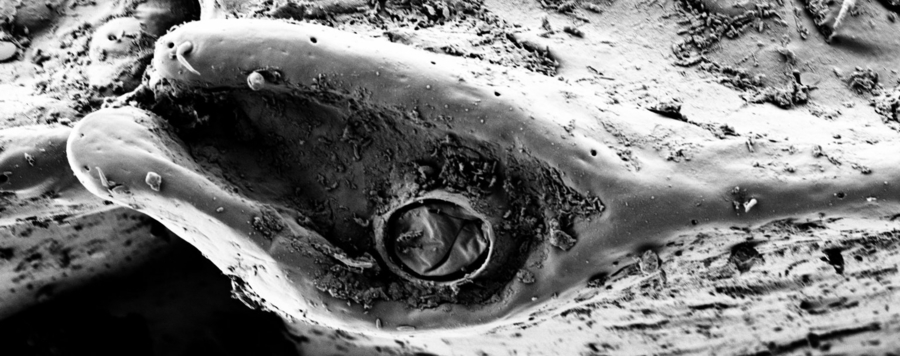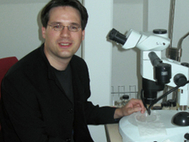
The Natural History of Hirudicryptus canariensis
Millipedes (Diplopoda) are detritivores, which mostly live hidden within the soil and leaf litter, and for most species only little is known about their biology. This is especially true for the enigmatic Colobognatha, such as Hirudicryptus canariensis, a siphonocryptid millipede which is endemic to the laurel forests of Macaronesia. So far, no one reported observations of a living Siphonocryptida. Here we present observations of living specimens in the Anaga Mountains on Tenerife, Canary Islands (Spain) as well as data on their postembryonic development based on observations of 296 specimens, including data from the literature. On Tenerife Hirudicryptus canariensis was exclusively found on and under the bark of the heather Erica platycodon at elevations of 630–870 m. Hirudicryptus canariensis formed aggregations of juvenile and mature individuals with several hundred individuals per tree and can be considered as ‘transient subsocial’. Hirudicryptus canariensis hatches with 6 tergites and
7 leg pairs (stadium I), lacking an apodous tergite, and subsequent stadia always have a single apparently apodous tergite, although a varying number of podous tergites is added. Therefore, podous tergites can develop de novo without an apodous precursor. The number of leg pairs is always odd, and immature gonopods (modifications of leg 9 and 10 in males) occur first in individuals of stadium III with 15 tergites and 23 leg pairs. Gonopods are fully developed in stadium IV. The postembryonic development is partly reflected in the color pattern. For future identification of H. canariensis, we provide first barcode data (CO1) of the species and the first molecular data of a member of the Siphonocryptida.






